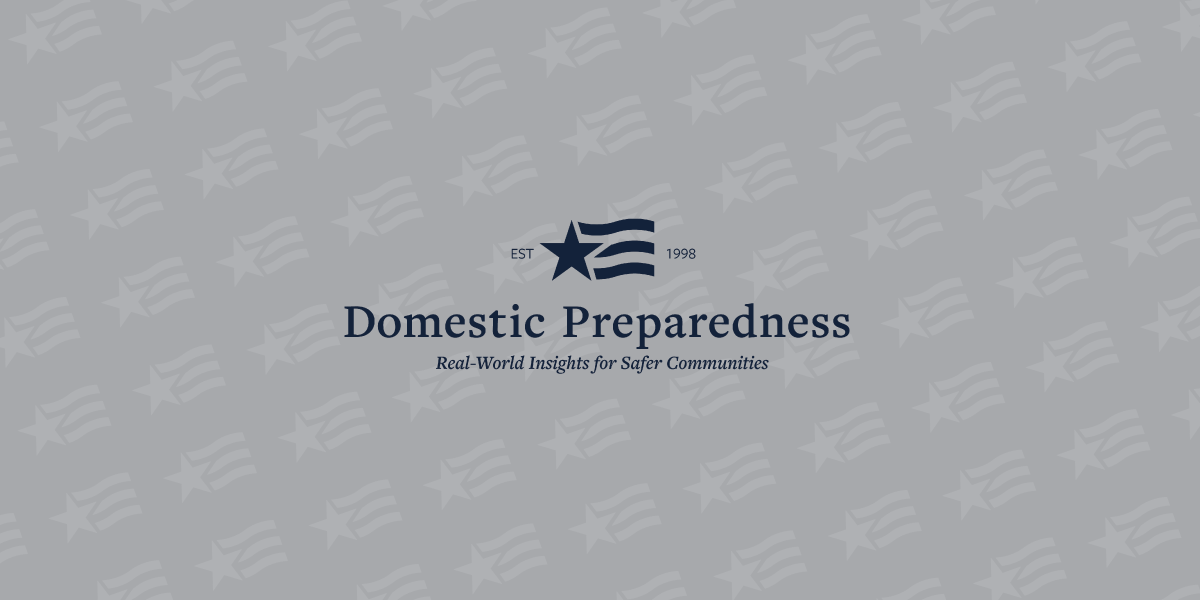When emergency managers perform their jobs well, citizens may feel the government will be there to help in times of emergency. For emergencies that last a few days, most people are able to take care of themselves. Many people may not have considered what happens when emergency managers are not able to respond because of the severity of the event. Planning for large disasters is difficult and there is a fear that even discussion could cause panic among citizens. However, when able to think about it ahead of time, organizations and members of the public would know what they can do to prepare for a major disaster, and thus reduce panic.
Loss of the Electric Power Grid
The grid is the generation and distribution of electrical power in interconnected local and region systems across the entire country. It is possible for certain events to cripple or disable parts or all of this interwoven structure. As a nation, the United States thus far has been fortunate to not lose the entire grid.
A cyberattack could disable a local area or an entire region. It is conceivable that a group of coordinated cyberattacks could disable several regions simultaneously. Depending on the level of disruption to industrial controls that also could cause equipment damage, the length of time power would be lost would depend on the length of time before damaged equipment could be replaced. Given enough damage to parts requiring a long time to replace, outages could last from days to months.
In September 2014, a solar coronal mass ejection, or solar storm, came very near to disrupting power. A Lloyds of London report published in 2013 describes that a power outage across the northeastern United States could last more than a year. A manmade electromagnetic pulse (EMP) could happen if terrorists were to explode a nuclear weapon over the continental United States. This would disable the power grid over a wide area by destroying both microelectronic controls and large transformers. Major transmission transformers are not stockpiled and most are manufactured outside the country. Thus, replacing a damaged transformer could take more than a year.
Ideally, the grid would be protected or hardened against these destructive measures, and businesses, universities, and communities would be capable of generating their own emergency power. However, the United States is not yet at this ideal state. Consequently, if the grid is damaged, everyday life would change drastically. If several major locations are involved at the same time, then mutual aid agreements among emergency managers might be difficult to honor and the local situations could become devastating.
Potential Cascading Events
No matter the cause of a grid collapse or failure of parts of the grid, a series of events could follow – a cascade of tragic proportions. Immediately following a power outage, major emergency generators start automatically and could continue running until fuel is exhausted. However, with a large-scale grid failure, multiple infrastructures, on which refueling depends, would eventually fail, including the financial sector, transportation, oil refineries, as well as law and order. Fuel would quickly become scarce. Even natural gas supplies could become depleted when compressors are driven by electrical power. Within one week, or likely sooner, most backup generators will have exhausted their fuel supplies.
Without electricity, both fresh and wastewater treatment plants would fail. People with their own wells could be affected because the wells usually require an electric pump, which could be powered during a power outage by a generator; but eventually the generator will stop without its own fuel source.
Without trucks operating, food distribution would halt. Existing food on shelves would last for a few days at most. Ideally, big grocers would initiate rationing so allocation would be fair and people would not hoard. However, because of just-in-time inventory practices, food is no longer stockpiled in warehouses. The combination of desperate people and just-in-time distribution would quickly exhaust food supplies.
Hospitals and nursing homes would find that, without electricity, water, sanitation, transportation, and other resources, they could not treat patients. Hospitals would shut down. Medical supplies would be in short supply and people would die. People may not have transportation to get to work, so businesses would stop and, with sustained power outages, there may be little work to do.
In addition to the likely consequences discussed above, unpredictable events also may occur. To better prepare for the unexpected, individuals, organizations, and agencies should determine what is controllable and take action now to mitigate the consequences.
Promoting Individual Actions
Emergency managers often promote personal and family preparedness as a three-day supply of water, food, and medications. In reality, three-week or even three-month supplies may be needed. Although individuals and families should be prepared at home, at work, and even in their cars, only a small portion of the population is likely to be adequately prepared when an incident occurs. It is unclear how many could survive for a long period if they were away from their home. As such, emergency managers should inform the public about potential scenarios, so they can be better prepared:
Without power, phone systems and the Internet eventually would stop functioning. Ways to communicate with family members should be discussed ahead of time. It is important to have a family plan for where to meet and how to communicate without electronic means. With no television or radio, the feeling of isolation and the lack of information would be prevalent. Going to the local fire station might be a place to learn what is happening.
Without power, there could be a shortage of water supplies. Having a generator at home would help with the immediate aftermath of a power failure. Hot-water storage tanks could help in the short run. Rain barrels on gutter downspouts also could provide water in areas with ample rain. However, incredibly, some states have outlawed the use of rain barrels, claiming the rain belongs to the government.
In addition, emergency managers could share information with the public about alternative sources of power to assist during long-term power outages. One suggestion is installing solar panels on homes or on poles in backyards. However, since most people who install solar panels do so to cut their power bills, the power generated from the solar panels often goes to the grid. When the grid is not functioning, the solar panels do not provide power to the homes.
This safety mechanism prevents electrical power company crews from being electrocuted by the power coming from the panels while they work to make the grid operational again. To power the home during an outage, homeowners would need to have a switch so they can isolate their solar panels and have the power go to a backup battery. Such switches and batteries, though commonly available, are not commonly used; however, if demand rises, so would the prevalence and affordability of these devices.
Communities Banding Together
Although businesses may be able to function temporarily following a power-grid failure, workers eventually would need to return home to their families. Consequently, businesses including grocery stores and food markets may cease to function.
In urban areas where growing one’s own food is not practical, there are some community options that emergency managers could suggest. Victory gardens, where communities garden a plot together, might be a partial solution. Some building owners have the ability to establish gardens on their roofs, which would provide security from renegades. Having an assured source of even a small amount of food could increase survivability. One concern, though, is that well-prepared citizens who do have food would become targets for attack to obtain the food they have. The way to protect against such situations is for neighbors to band together.
Neighborhood groups could consist of a few blocks or an entire county. Volunteer organizations such as Volunteers Active in Disasters (VOAD), Boy or Girl Scout groups, faith-based organizations, and book clubs, also could be considered “neighborhoods.” Working together and pooling resources may keep everyone alive longer; there is “safety in numbers.”
Before a disaster occurs, these neighborhoods should: (a) share ideas and determine what to do in case of a disaster; (b) recognize each other’s strength and needs; and (c) discuss major issues, such as the failure of electrical power for an extended period. For example, the public-private partnership organization, Community Emergency Response Network Inc. in Howard County, Maryland, has regular meetings to discuss various emergencies and related steps toward preparedness. Citizen Corps and Community Emergency Response Teams (CERT) operate in a variety of ways within many communities. Relationships built ahead of time will strengthen the entire fabric of society. After an emergency is not the time to share business cards.
To strengthen communities, it is important to build relationships, share information, and know where to turn in times of a disaster. By helping neighborhoods expand their relationship circles, emergency managers can better serve those with critical needs and create communities that are more resilient.

Mary Lasky
Mary Lasky, a Certified Business Continuity Professional, serves as the program manager for business continuity planning for the Johns Hopkins University Applied Physics Laboratory, where she coordinated the APL Incident Command System Team. She also is a member of InfraGard, where she is the vice chair for the InfraGard EMP-SIG. In Howard County, Maryland, she served as president of the Community Emergency Response Network Inc.; president of the board of directors of Grassroots Crisis Intervention Center; and for Leadership Howard County is co-chair of the steering committee for the Leadership Premier Program. For many years, she has been adjunct faculty at the Johns Hopkins University Whiting School of Engineering. She is the immediate past president of the Central Maryland Chapter of the Association of Contingency Planners and has held a variety of supervisory positions in information technology and in business services. Her consulting work has included helping nonprofit organizations create and implement their business continuity plans.
- Mary Laskyhttps://domprep.com/author/mary-lasky
- Mary Laskyhttps://domprep.com/author/mary-lasky
- Mary Laskyhttps://domprep.com/author/mary-lasky
- Mary Laskyhttps://domprep.com/author/mary-lasky






